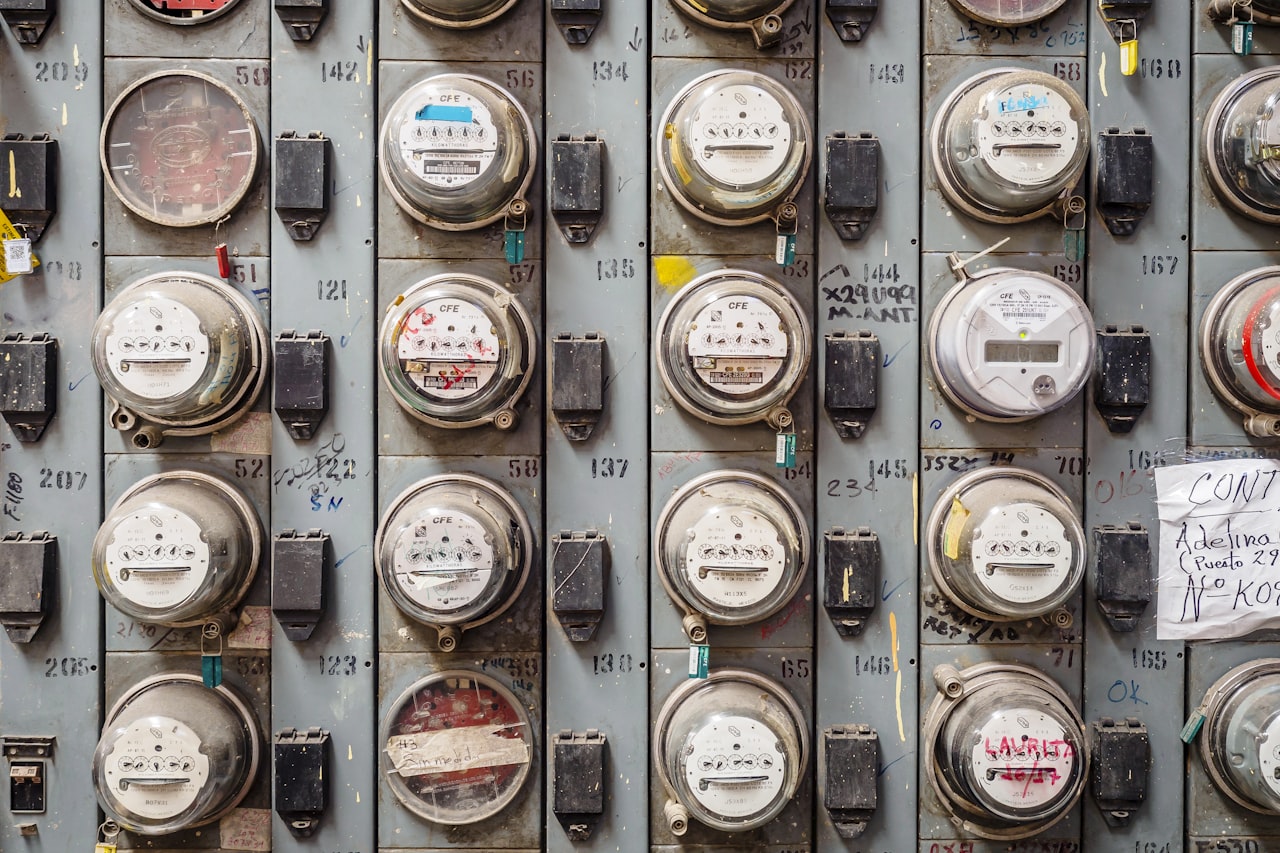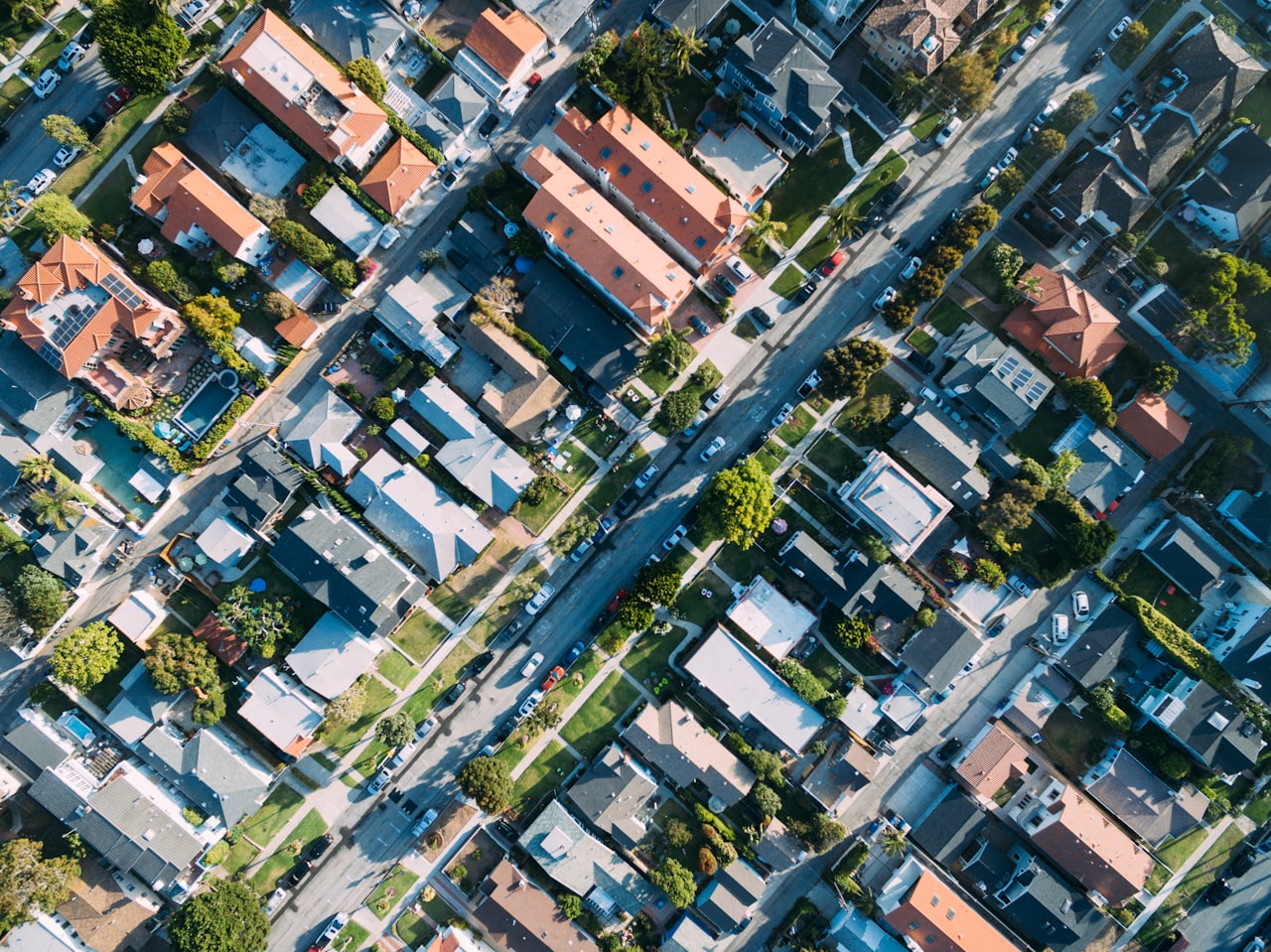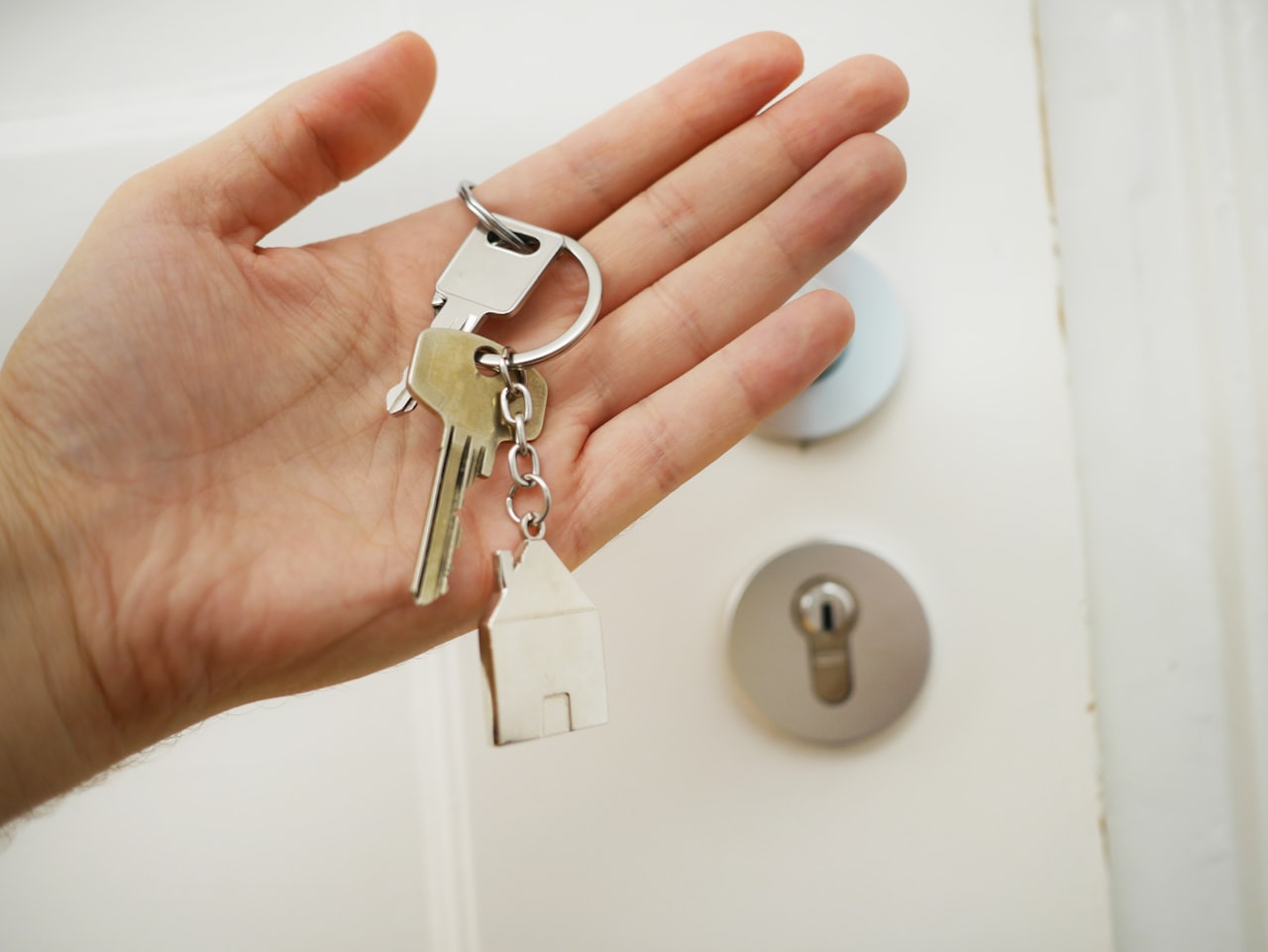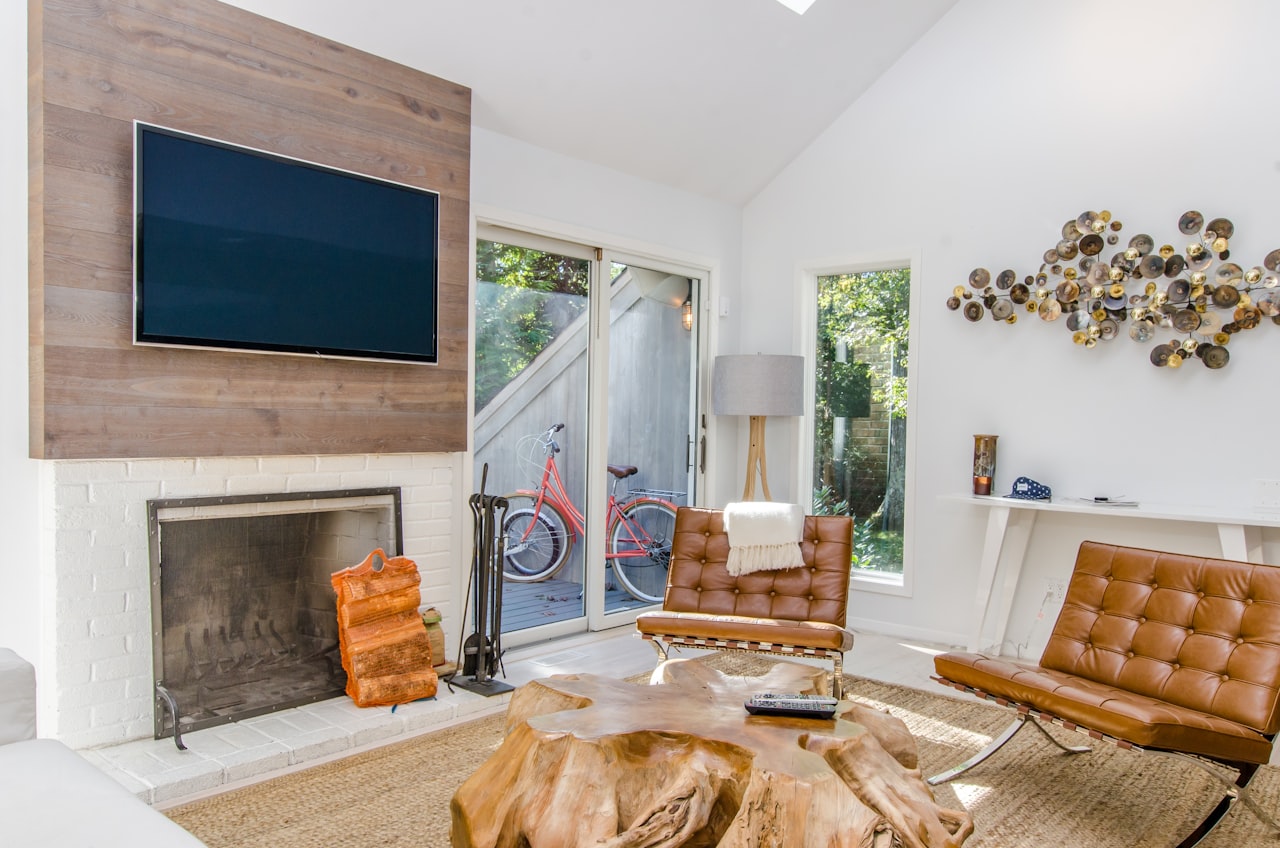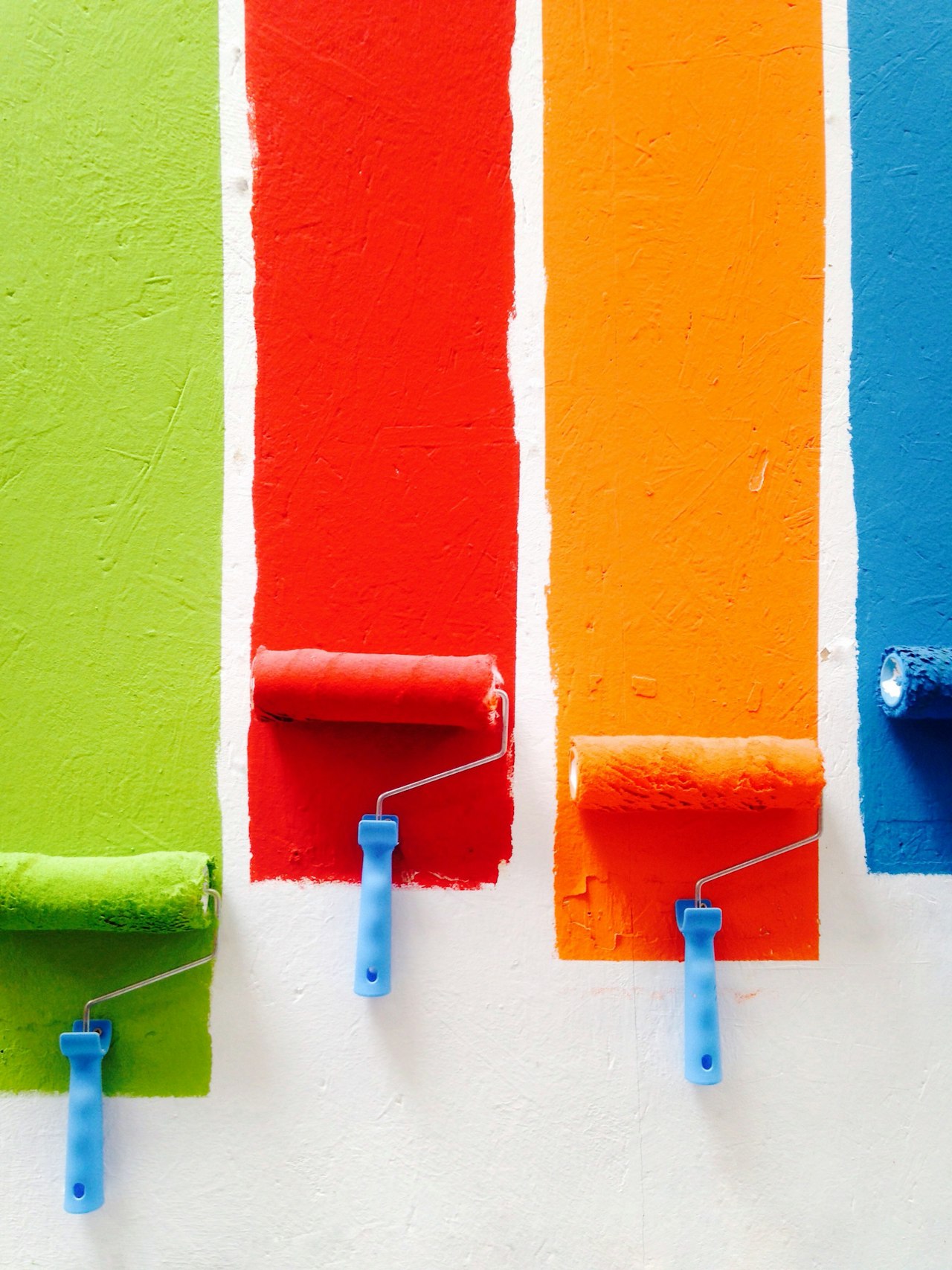1) Embrace natural light
During daylight hours, let the sunshine light your home instead of lamps and overhead lights. Natural light is beautiful, full of vitamin D, and costs nothing!
2) Turn off lights when you leave a room
Get everyone in your home on board with this money-saving habit.
3) Use auto-off or sleep features
If you like to fall asleep to the sound of the television or an Audible book, set a sleep timer so your device or app won’t keep running all night. Setting your computer to go to sleep after 5 minutes of inactivity is another good way to reduce energy use.
4) Switch to LED bulbs
While it’s true that LED bulbs cost more upfront than traditional incandescent lights, they also last much longer (on average, 10 years) and are 75% more energy efficient, so you save money in the long run. Plus, some electricity companies have programs where they will send you free LED bulbs; others provide rebates. Check with your provider to see what options are available to you.
5) Install a smart thermostat
Smart thermostats are designed to make your home’s heating and cooling more energy efficient. You can program it based on your schedule, so it will conserve energy while you’re at work. You can control most smart thermostats with an app, allowing you to control your home’s temperature even when you’re not there. Some smart thermostats will give you notifications when you’re going over your typical energy use. Shop around to find the smart thermostat that meets your needs.
6) Improve your home’s insulation
If your home isn’t properly insulated, your HVAC system has to work extra hard to maintain your desired temperature. Heat and AC can also leak through cracks around windows and doors, so be sure to add caulk or weather stripping where it’s needed.
7) Unplug “energy vampire” devices when not in use
There are many household devices and appliances that pull energy when plugged into an outlet, even if you’re not using them. Even if they’re fully charged! Common culprits include smart TVs, computers, and electric toothbrushes. If a device has a digital display (like a programmable coffee maker), is light activated (such as a night light), or uses an adaptor to charge a battery (laptop, mobile phone, etc.), there’s a good chance it’s an energy vampire. To save energy, try to unplug these types of devices after they’re fully charged or after you’re done using them.
8) Wait until you have a full load to run the dishwasher or washing machine
Air dry items when possible.
9) Adjust your smart TV settings
If your smart TV has a “quick start” feature, disable it. Turn on “automatic brightness control,” if available. And when it comes to streaming video, use the built-in WiFi capabilities of your smart TV or an energy-efficient device like Roku or Chromecast. Avoid using a game console like Xbox or PlayStation to stream videos, as these devices can use up to 30% more energy.
10) If you're buying new appliances, opt for energy-efficient models
When in doubt, look for the Energy Star label.
Commit to making some changes to your energy use, and hopefully by this time next year, you’ll be much happier with your power bill.

